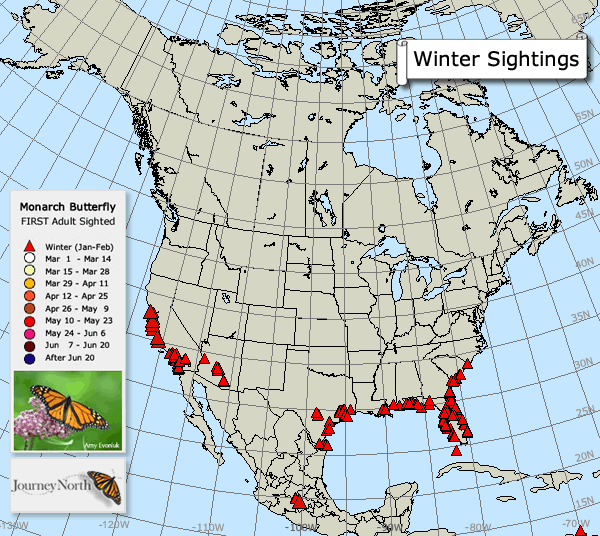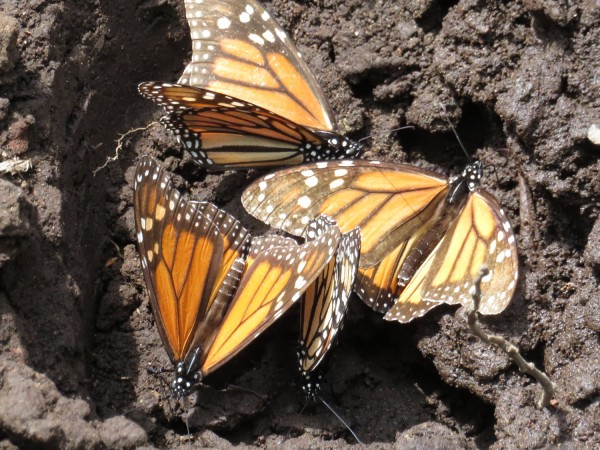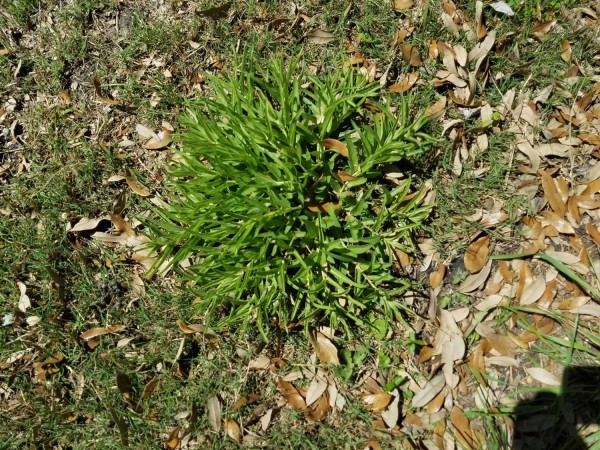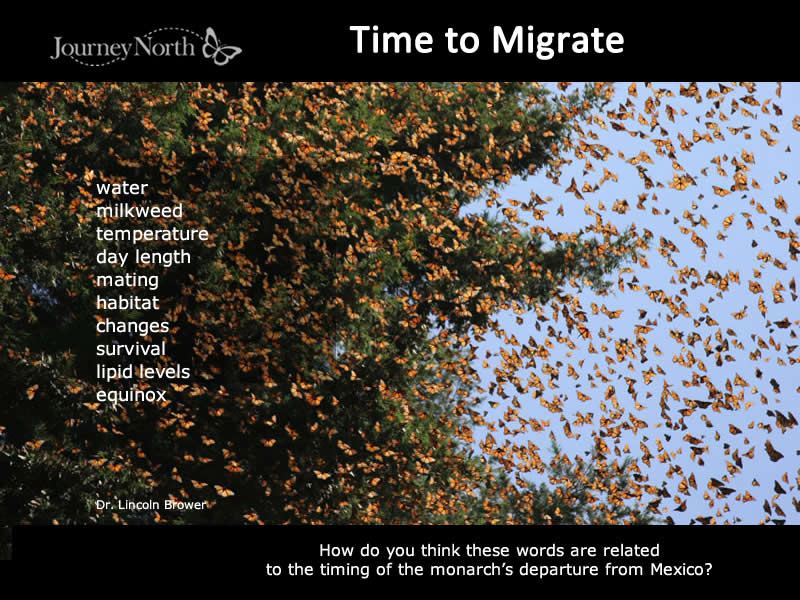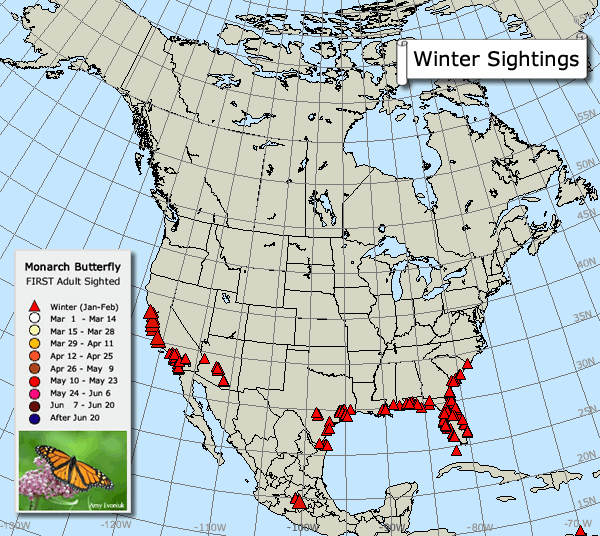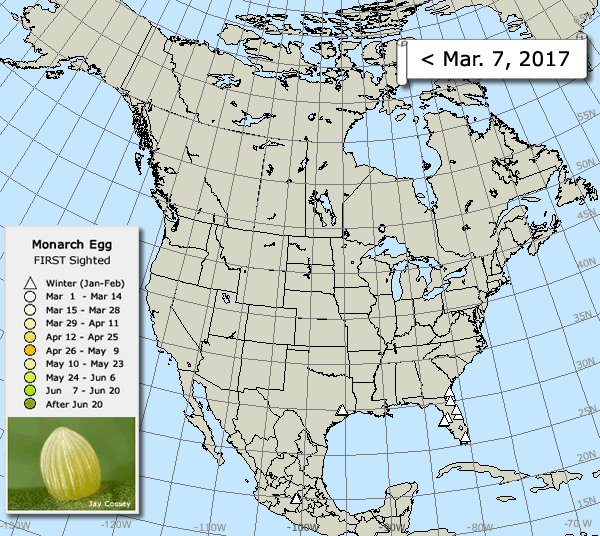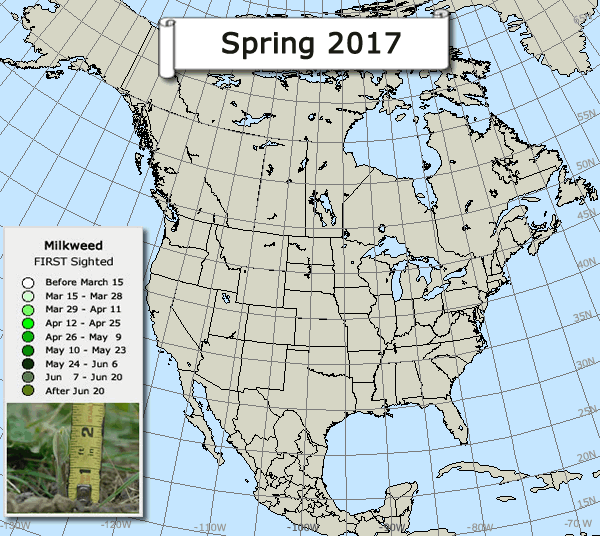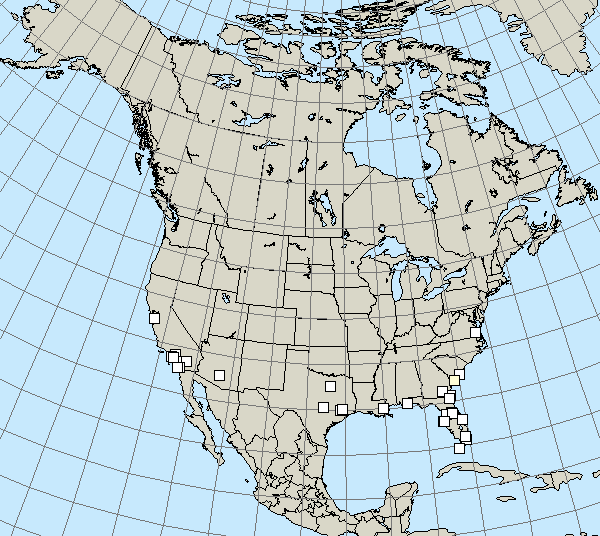Poised for Departure
Signs of Departure
"Monarchs must be creeping northwards day by day," Estela concluded after visiting El Rosario and Chincua on March 13th and 14th. Full departure occurs sometime during the last half of March. It can be sudden and dramatic or almost imperceptible.
Winter has taken its toll on the butterflies, as Estela's observations show:
"Many monarchs have now lost their bright orange colour, many others make a fly-walk at ground level seeming indeed weak now, certainly not able to make it north in a few days. A few of them try their best with tattered wings. The season heads inevitably to its end." Read more...
The Long Goodbye
At Cerro Pelon, Ellen Sharp is also noticing a slow, gradual departure. The colony looks subtly diminished every day.
"Maybe this gradual leave-taking is a good thing, because spreading themselves out limits the damage that one bad weather event could do to the monarchs....It now seems that it is just a matter of days that they will still be with us." Read more...
Time to Go!
The first day of spring is March 20th. When will the remaining monarchs head north?
"The spring equinox is probably the trigger for monarchs to migrate," says Dr. Lincoln Brower.



